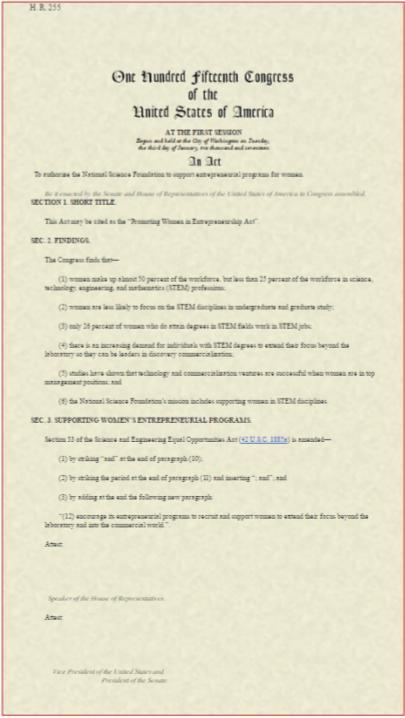by Markella Giannakopoulos, co-editor in chief
![The winners of the SSEP competition worked together on September 17 with a scientist from NanoRacks to help them create their experiment so that it would be ready for flight after it is shipped to the space shuttle in Kazakhstan. The students used chia seeds to see how germination rates are affected by being in micro gravity versus in regular gravity. "The call [the teleconference with NanoRacks] went extremely well. The scientist was very helpful and well prepared. [The students] were able to assemble the practiced tube without difficulty," Dr. Baribault said. Photo by Markella Giannakopoulos](https://wjpsnews.com/wp-content/uploads/2014/10/Nasa-225x300.png)
This Mission 7 to the ISS was started in the spring of 2014 and the experiment chosen will be flown to the ISS in October where it will spend a couple weeks in space until coming back down.
Through the assistant principal Mrs. Poulos, SSEP was introduced to the school as a mandatory project for the full middle school and elective classes for the high school.
“The kids [that won] will get an award, go to DC and get awarded for their scientific contribution,” teacher facilitator Mr. Vandeurs said.
There were 300 projects submitted to the teacher facilitators Dr. Baribault and Mr. Van Deurs. After reviewing all of them, they finally submitted four to six final entries to the administrators of the program, NanoRacks.
They chose the winning experiment that was designed by eighth graders Ethan Reres, Michael Fourniotis, Raul Castrejon, Gabriella Marin, and Jamila Tejada. Their experiment included seeing the effects of chia seeds when in microgravity versus being in the same conditions but on Earth instead.
“[The experiment] was very good, simple and straightforward for a venue that limits what you can do,” teacher facilitator Dr. Baribault said.
Like many of the other projects submitted, their ideas went through several revisions before they settled on chia seeds.
The physical limitations of the experiment caused several changes for everyone. Because of the small area, there couldn’t be any extravagant experiments. Instead it had to be very simple and small.
“The experiment is housed on a tube the size of a fat pen. It has the interior volume of a short mechanical pencil,” Dr. Baribault said.
On Wednesday September 17, there was a video conference with NanoRacks so that the winning group could assemble the experiment while under the supervision of a NanoRacks employee and both teacher facilitators.
“The call was pretty good. The NanoRacks employee was good. She tried to add fun into the process which is always a great thing to do,” experiment winner Castrejon said.
SSEP gave the students the chance to compete against others for a once in a lifetime opportunity. The shuttle is scheduled to leave in October from Kazakhstan.The experiments are then going to come back to Earth a few months afterwards.





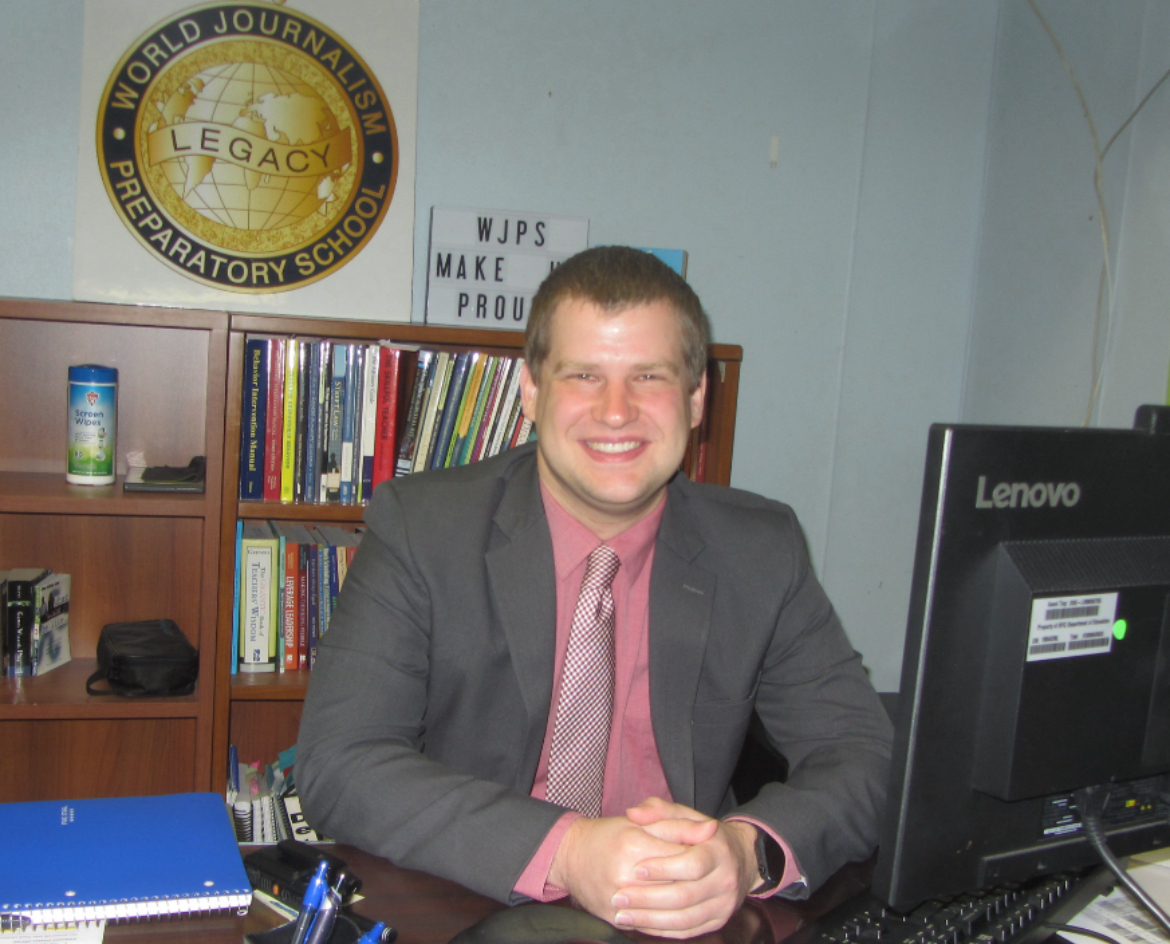






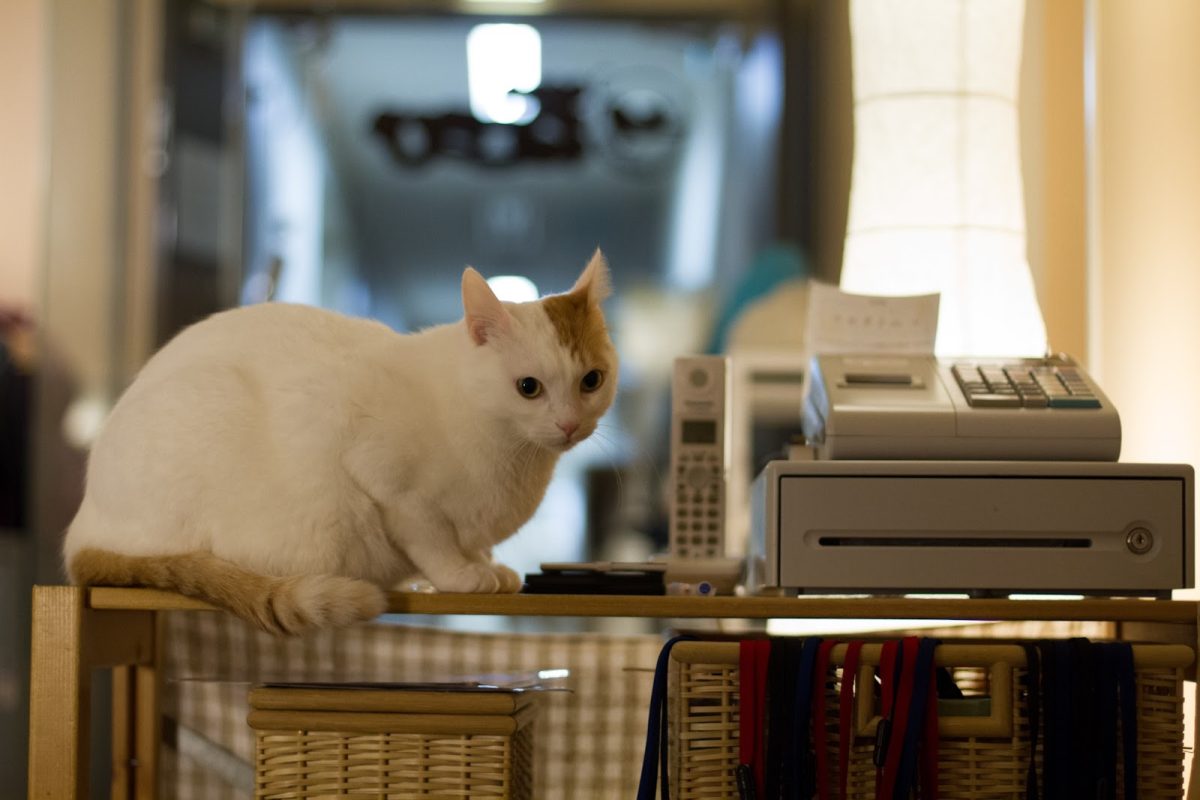
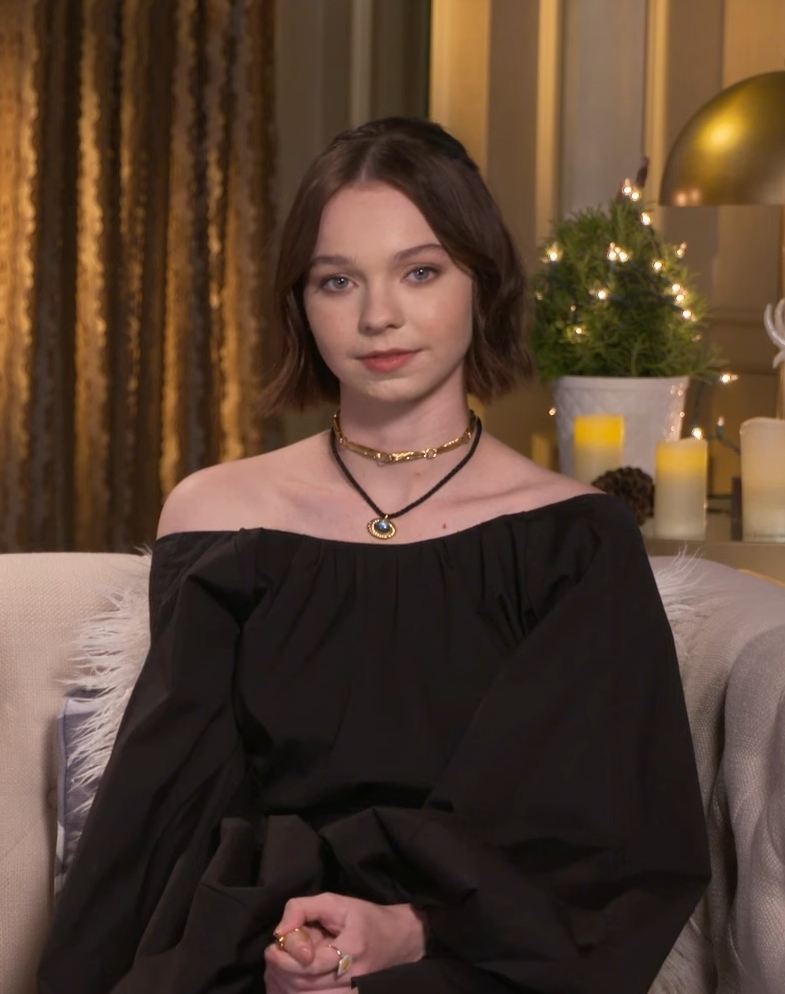













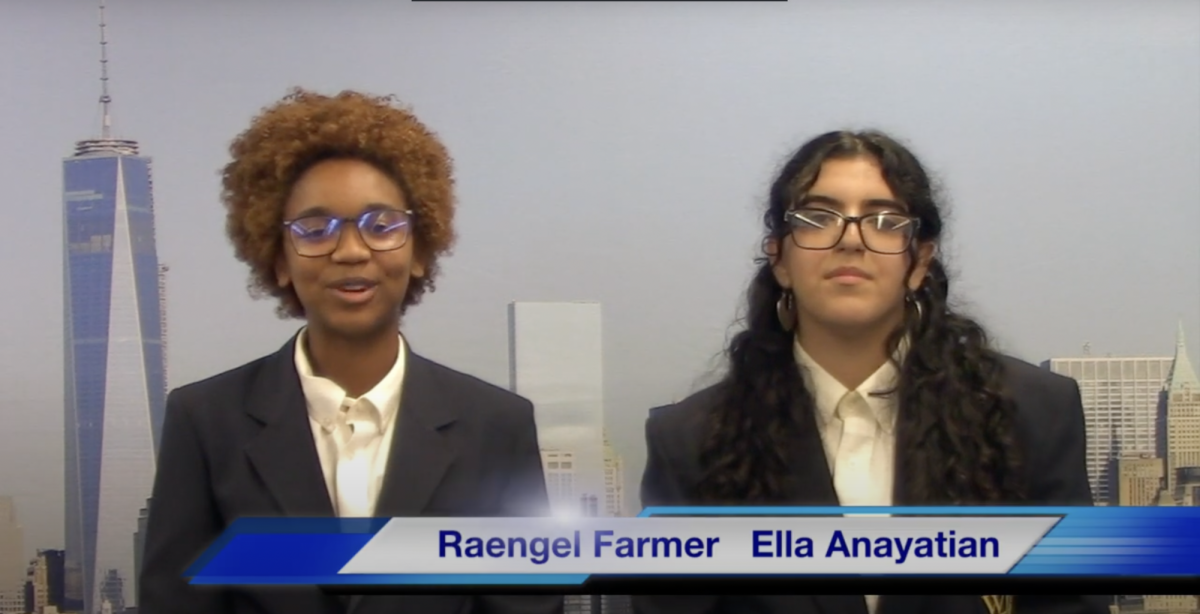



![The winners of the SSEP competition worked together on September 17 with a scientist from NanoRacks to help them create their experiment so that it would be ready for flight after it is shipped to the space shuttle in Kazakhstan. The students used chia seeds to see how germination rates are affected by being in micro gravity versus in regular gravity. "The call [the teleconference with NanoRacks] went extremely well. The scientist was very helpful and well prepared. [The students] were able to assemble the practiced tube without difficulty," Dr. Baribault said. Photo by Markella Giannakopoulos](https://wjpsnews.com/wp-content/uploads/2014/10/Nasa.png)

![“I agree the school lost its purpose, I left newspaper because I no longer had an interest and passion that I did once believe I had, the school’s more worried about student law court then what’s in the name in the school. [Which is journalism],” senior Christos Troumhis said. Photo attributions to Jon S.](https://wjpsnews.com/wp-content/uploads/2015/12/6276688407_12900948a2_z.jpg)






